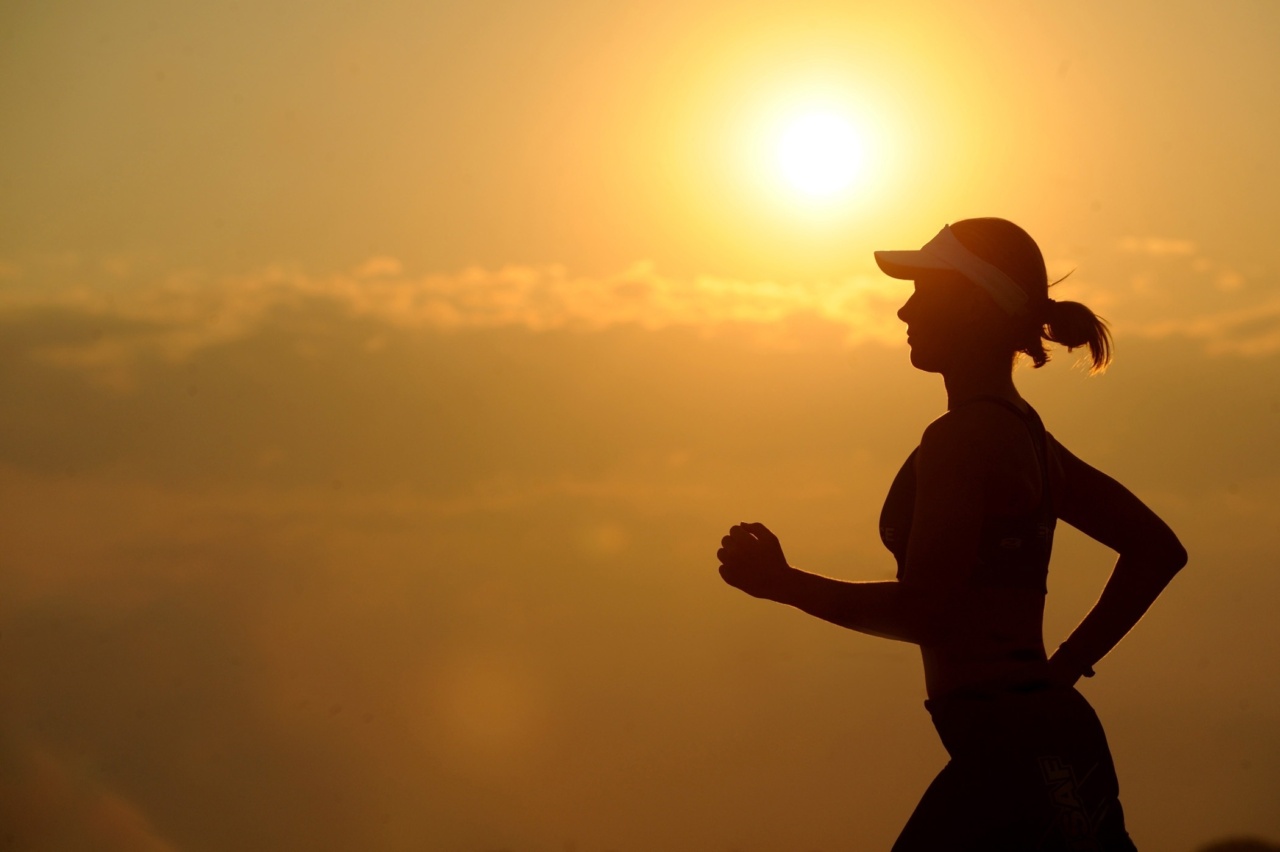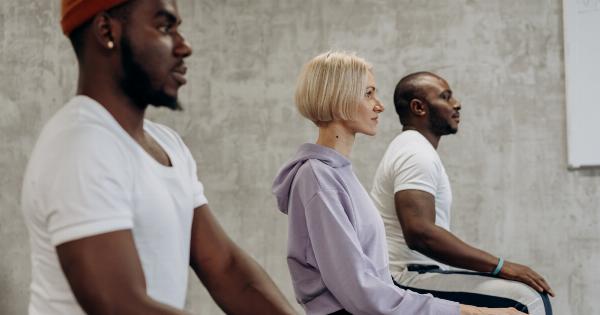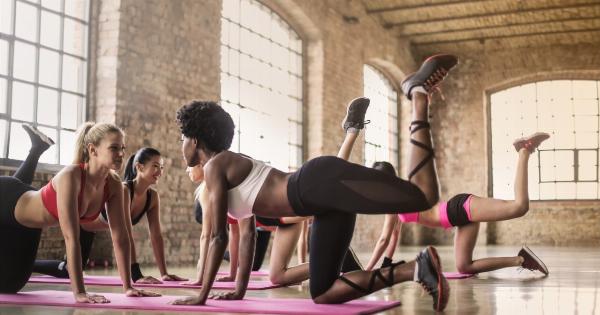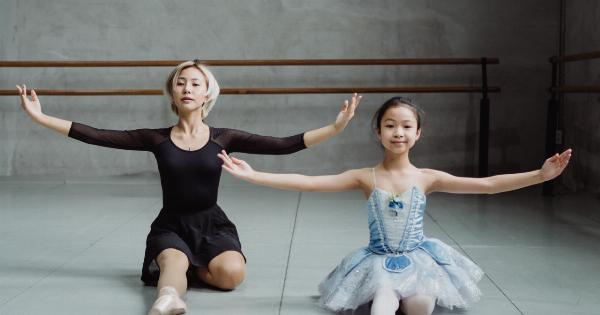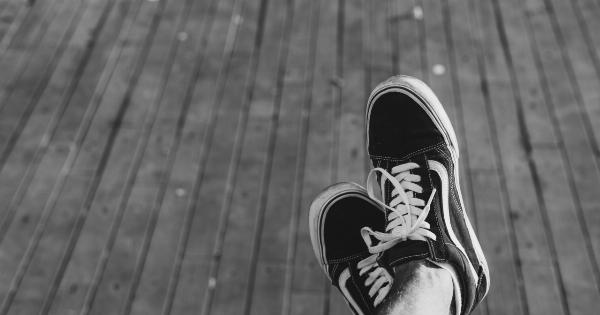Running can be a great exercise for your overall health, but it can also take a toll on your knees. Here are some ways that regular running affects your knee health:.
1. Increased Pressure
When you run, your knees experience increased pressure. With each stride, your foot hits the ground with multiple times your body weight. This impact can cause damage to your knee joint if it is repeated frequently over time.
2. Overuse Injury
Repetitive motion can lead to overuse injuries. With running, this can include patellofemoral pain syndrome, iliotibial band syndrome, and runner’s knee.
These conditions occur when the repetitive motion causes pain, inflammation, or damage to the tissues in and around your knee.
3. Wear and Tear
As you age, your body experiences natural wear and tear. This can cause the cartilage in your knees to break down, which can lead to osteoarthritis.
Running can accelerate this wear and tear, particularly if you run on hard surfaces or run frequently without giving your body time to recover.
4. Muscle Imbalances
Running works some muscles in your legs more than others. This can create muscle imbalances, which can lead to problems in your knees.
For example, if your quadriceps are stronger than your hamstrings, it can cause your kneecap to pull to one side, which can cause pain and discomfort.
5. Poor Form
Running with poor form can also contribute to knee problems. For example, if you overpronate (your feet roll inward too much when you run), it can strain the muscles and ligaments in your knees.
Similarly, if you run with your knees turned inward or outward, it can cause problems over time.
6. Injuries
Injuries can happen with any physical activity, and running is no exception. Accidents, falls, and twists can all cause knee injuries that can range from minor to severe.
If you are injured while running, it is important to seek treatment right away to prevent further damage.
7. Age
As you age, your knees become more vulnerable to injury and damage. This is because the cartilage that cushions the joint wears down over time, and the ligaments and muscles that support the joint may weaken.
If you continue to run as you age, it is important to take extra care to avoid injury and to give your body time to recover between runs.
8. Time on the Feet
Finally, the amount of time you spend on your feet can also impact your knee health. If you spend a lot of time standing or walking during the day, it can put extra strain on your knees. Adding long runs on top of that can exacerbate the problem.
To improve knee health, it is important to find ways to give your knees a break, such as sitting down during breaks at work or wearing supportive shoes.
How to Protect Your Knee Health When Running
While running can be hard on your knees, there are things you can do to protect your knee health. Here are some tips:.
1. Wear Proper Shoes
Wearing shoes that are designed for running can help absorb some of the shock from the impact of running. Look for shoes with good arch support and cushioning.
2. Stretch and Warm-Up
Before you start running, be sure to warm up with some stretches and light exercises. This can help prevent injury and improve performance.
3. Train Gradually
Gradually increase your running mileage and intensity to prevent overuse injuries. Don’t increase your mileage or intensity too quickly, or you may cause damage to your knees.
4. Cross-Train
Add cross-training exercises, such as swimming or cycling, to your routine. This can help give your knees a break and build up strength in other muscles.
5. Use Good Form
Run with good form to reduce stress on your knees. Keep your feet in a neutral position, land on the middle of your foot, and try to keep your strides short and light.
6. Get Rest and Recovery
Allow yourself time to rest and recover between runs. This can help prevent overuse injuries and give your knees time to heal.
Conclusion
Running can have both positive and negative effects on your knee health. If you are a runner, it is important to take steps to protect your knees, such as wearing proper shoes, gradually increasing your mileage, and using good form.
By doing so, you can continue to enjoy the benefits of running while minimizing the risk of injury and damage to your knees.
